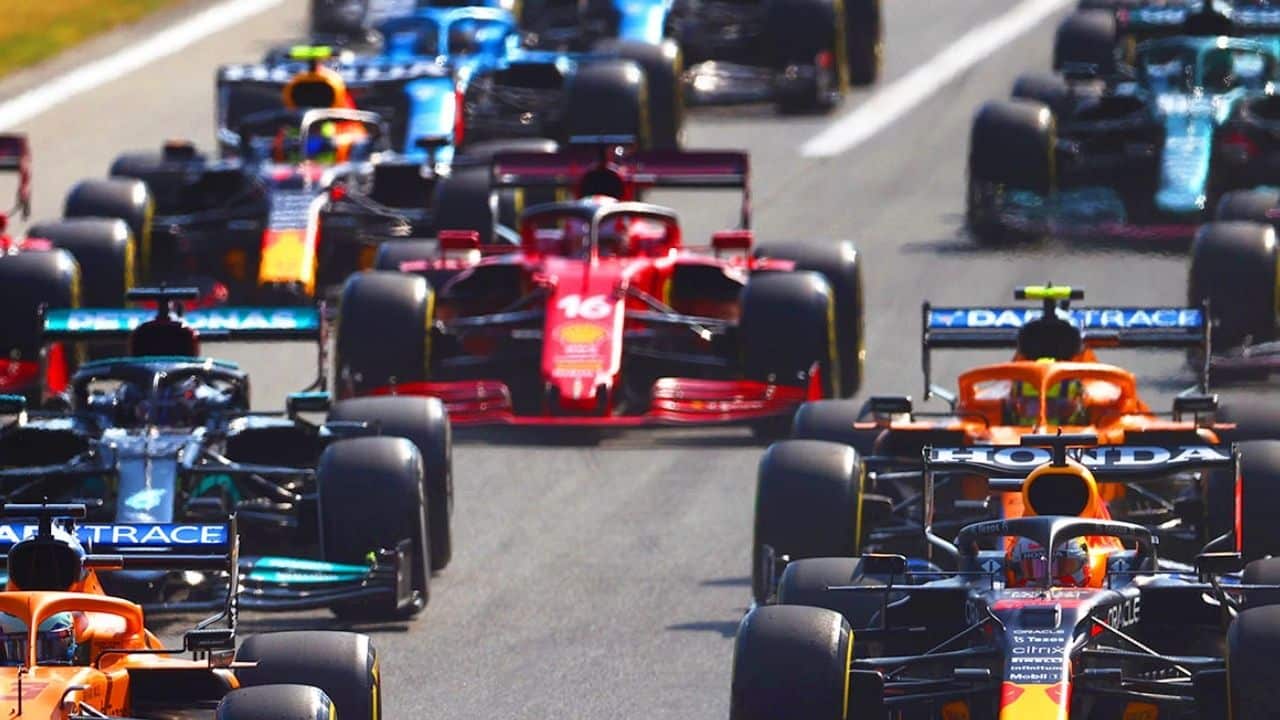Know about the F1 engine penalty rules for the 2022 season
Formula 1 is the most complicated global racing series, with over 200 pages of regulations covering what can and cannot be done or designed during a racing season. And there are equally perplexing penalties for any violation of these rules.
Penalties for drivers changing engines are something we often hear about during a F1 season. But, at a time when the cars are using the most complex F1 power units to date, why are they issuing these reprimands, and what exactly constitutes a reprimand?
Explained F1 2022 Engine Penalty Rules List And Penalties Points System
First and foremost, what exactly is an F1 engine?
The hybrid power units that power the current generation of F1 cars are made up of six individual components. The internal combustion engine, turbocharger, energy store, control electronics, and two motor generator units – the motor generator unit-heat (MGU-H) and the motor generator unit-kinetic (MGU-K) – are among them (MGU-K).
There are limits to how many of each of these components a driver can use without incurring a penalty over the course of a season.
Each driver may use up to three internal combustion engines, including MGU-Hs, MGU-Ks, and turbochargers. During the season, they can also use two energy stores and control electronic systems.
Surprisingly, the rules state that if a driver is replaced during a season (hello, Red Bull), their replacement will be “deemed to be the original driver for the purposes of assessing power unit usage.”
That’s fantastic, but where do all the penalties come from?
So those are the allowances that each driver has in order to keep their engine running. But what if you go over your allowances? That’s where the penalties come into play.
The reprimands that can be imposed range from a five-place grid drop to absurd figures. So far this season, we’ve seen drivers like Lando Norris drop five positions on the grid, and Alpha Tauri driver Yuki Tsunoda start at the back of the pack in Mexico due to engine changes.
Except for the Alfa Romeo duo of Kimi Raikkonen and Antonio Giovinazzi, and Haas racers Nikita Mazepin and Mick Schumacher, everyone on the grid was penalised due to engine changes during the 2021 season.
But why are there so many different penalties for changing an engine?
According to the rules, the driver incurs a 10-place grid drop the first time an additional component of the power unit is fitted to a car. The driver will drop five places the next time “an additional element of the same type is used.” As a result, Hamilton’s penalty resulted in a 10-place drop in Turkey and a five-place drop in Brazil.
If additional power unit components are changed over the same weekend, the combined penalty for each change is added up. So, if a driver instals their first new MGU-H but second turbocharger, they will fall 15 places.
The rules have even more say in this case. If a driver receives penalties worth more than 15 places due to new engine components, he or she must start the race from the back of the grid, regardless of where they qualified.
That’s all there is to it when it comes to F1 engine penalties.
ALSO READ: Winning IPL 2022 trophy is certainly a high point of my career, says Rashid Khan



